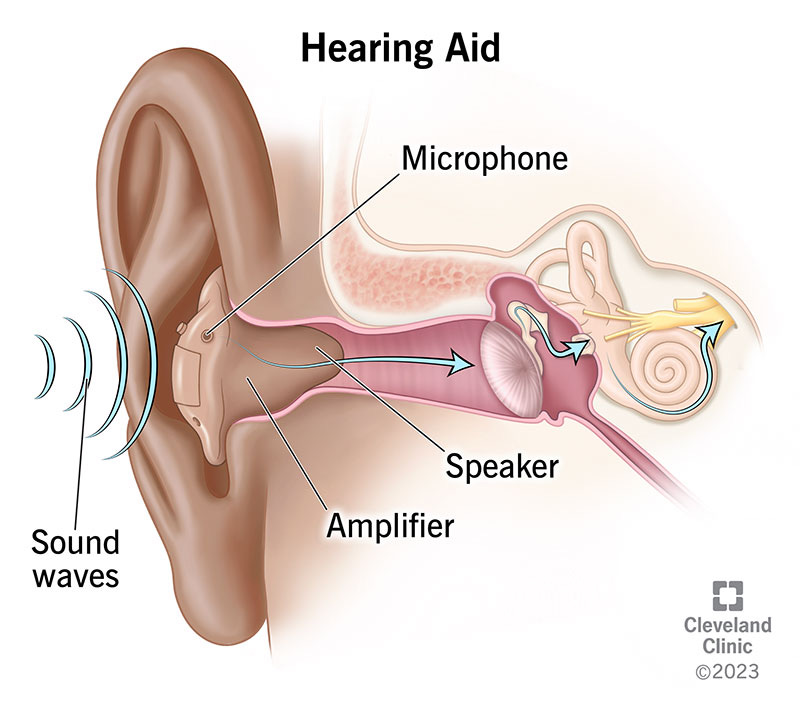Hearing Aids
Written by Ayebamiebi Yousuo
Introduction
Technological advancements in medicine over the years have made conditions that seem like death sentences to now be manageable and beyond that, ensure a good quality of life for those affected.
What are hearing aids?
Hearing aids are small electronic devices that you wear in or behind your ear, or that are implanted in the mastoid bone surgically. They make some sounds louder so that a person with hearing loss can listen, communicate, and participate more fully in daily activities
Why hearing aids?
The answer is simple, “Hearing Loss”
They are used in individuals with some degree of impairment to their hearing.
Essential Parts of a Hearing Aid
Microphone: this picks up the normal sound and converts it to an electrical impulse.
Amplifier: magnifies the electrical impulse received
Receiver: converts the magnified electrical impulse from the amplifier into an amplified sound which is sent into the inner ear.
Types of Hearing Aids?
Based on the Mechanism of Action a hearing aid can be
1. Air-condition hearing aids: this is the most common and it is used in patients with conductive hearing loss. It works with the general principle using the parts: microphone, amplifier and receiver to conduct sound effectively. It comes in various styles such as:
a. Behind-the-ear (BTE): They are the most common type. They're made up of a small plastic device that sits behind your ear
b. In-the-ear: In-the-ear (ITE) hearing aids fill the area just outside the opening of your ear. They cannot be seen from behind, unlike BTE, but they are visible by the side.
c. Canal
In-the-canal (ITC): In-the-canal (ITC) hearing aids are similar to ITE aids, but are a bit smaller and just fill the opening of the ear.
Completely-in-canal (CIC): These are the smallest types available. They fit further into the opening of your ear than ITC hearing aids and are barely visible.
d. CROS and BiCROS: ‘Contralateral Routing of Sound' and ‘Bi-contralateral Routing of Sound'.
2. Bone-conduction hearing aids: also known as a bone-anchored hearing aid. Instead of a receiver, in bone-anchored hearing aids, a vibrator is the last component which vibrates the cochlear directly via the mastoid bone, ensuring direct conduction of sound, bypassing the outer and middle ear. It is positioned at the mastoid bone surgically.
Conclusion
Hearing aids have greatly improved the quality of life of those with some form of hearing loss and as technology advances scientists seek to explore the use of technology in various disease conditions.
To learn more, check out this article on Hearing Loss.
Written by Ayebamiebi Yousuo from MEDILOQUY


